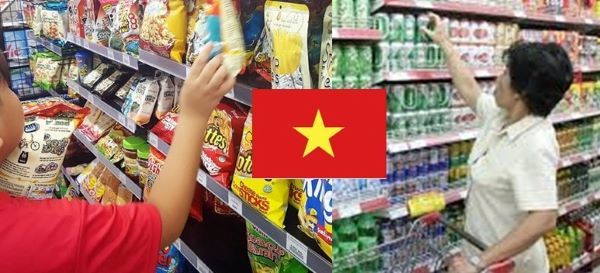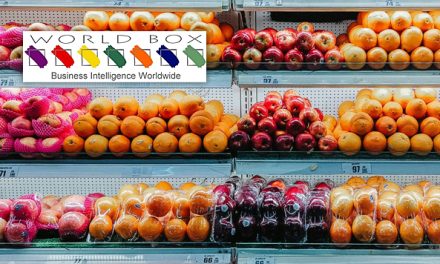Characteristics: High Marketing Expenditures; Counterfeiting Rampant; Weak Regulatory Framework to Protect Businesses and Consumers
Fragmented Market
In July 2015, Mondelez International Group completed the acquisition of a 100% stake in confectionery segment of Kinh Do Group. After this deal, many people believed that the race in the market of snack (confectionery, snack …) would be over because this is a merging of “giants”, and Mondelez Kinh Do Vietnam would not face any challenges on its way to become the No. 1 in the market. However, according to Mr. Hemant Rupani, CEO of Mondelez Kinh Do Vietnam, things are not that easy. He said that in countries like India or Australia, famous brands can hold up to 50% of the market share while in Vietnam, no matter how big the company is, it will only hold 20-30%. There are many competitors in Vietnamese market and the level of competition is very intense.
Mr. Hemant revealed that Mondelez Kinh Do Vietnam is currently holding a 23% market share in biscuits, according to a Nielsen Vietnam study. Particularly for packaged bread, it is impossible to calculate the specific market share because there are many local brands, however, in terms of revenue, this company is leading.
The General Manager of another well-known confectionary company in Vietnam also shared this view. He said that the market is not what it looks like. There are manufacturers who seem to have very little activity in the market (for example, rarely advertising, not having many programs for consumers, not launching new products constantly …) but their revenue is not bad because many of them only conduct supply of gifts to businesses and state agencies.
Julius Flores, marketing director of URC Vietnam, said that beverages and food are growth motivation of FMCG. Growth of these two sectors is always higher than the industry average. Besides, consumers are always ready to try new products. This is also the reason why businesses are excited about these two markets. In the beverage market, according to URC Vietnam’s statistics, in the past two years alone, 1,000 new products have been launched. However, only 2.2% of these can survive over six months. The key to success is conformity. Businesses not only have to be sensible of the tastes of consumers, but also be persistent to survive.
The competitive market also makes businesses spend a lot of money on marketing and advertising campaigns to attract consumers and conquer the market. It is noticeable that the frequency of advertising of confectionery and soft drink brands on television channels as well as on social networks and online newspapers is so high. The annual marketing budget is very large and according to the General Manager of a company specializing in producing milk and drinks of all kinds, it will constantly increase as this is the only way to win and keep market share.
Fight Against Fake Goods
Not only do they have to compete in the race to gain market share, soft drinks and snack manufacturers also have to confront counterfeit and pirated goods that are rampant in the market. This is not new but it seems increasingly difficult to control due to developing technology, sophisticated techniques as well as loopholes in the law.
There are many products of large enterprises counterfeited by small processing businesses, most of which are snacks and soft drinks. Recently, authorities in Dong Nai have discovered a business suspected of counterfeiting Number One energy drink – a popular brand of Tan Hiep Phat Group, in large numbers. At the scene, authorities seized 1,600 barrels of unlabeled material water and 350 barrels of finished water labeled Number One.
Mr. Phan Van Thien, Deputy General Director of Bibica Joint Stock Company, said that well-known and well-consumed products of Bibica such as Goody and Hura are also suffering from being counterfeited. Small production businesses launched products with the name of incense like Huran, Goodie with the same color, texture on the same packaging, causing confusion for consumers. In the peak shopping season of Tet, these products are often packed in pre-packaged gift baskets that buyers do not notice. As a result, businesses lose their revenue, and consumers have to use unqualified-products.
According to Mr. Thien, the counterfeit of products has been informed to the authorities by sending documents, photos and specific evidence but everything fell silent, which forces businesses to save themselves by investing in anti-counterfeiting technology, as well as to inform consumers. “Businesses that violate these intellectual property rights have specific addresses but are not fired. Meanwhile, enterprises doing business properly must receive many inspections every year. For many years, the fight against fake and counterfeit goods has not improved much” Mr. Thien commented.
“In the context of a vibrant market with increasing demand from consumers, the issue of counterfeit and poor-quality goods in the fast-moving consumer goods industry in Vietnam is still a big challenge for manufacturers.” said URC representative.![]()
Henry Tran – VietnamCredit


























